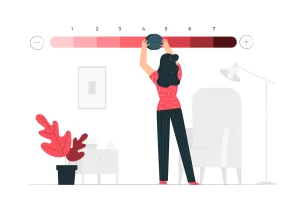Affiliate disclosure: In full transparency – some of the links on our website are affiliate links, if you use them to make a purchase we will earn a commission at no additional cost for you (none whatsoever!).
Sonia Allan
Sonia Allen is a freelance content writer and a senior SEO and content marketing analyst at Digiexe, a digital marketing agency specializing in content and data-driven SEO. She has more than seven years of experience in internet marketing & affiliate marketing. She likes sharing her knowledge in a wide range of domains ranging from eCommerce, startups, social media marketing, making money online, affiliate marketing human capital management, and much more. She has been writing for several authoritative SEO, Make Money Online & digital marketing blogs on these authority websites like AffiliateBay, and Digiexe.com and SchemaNinja

